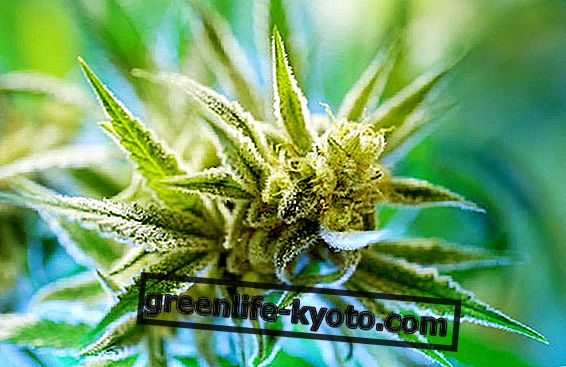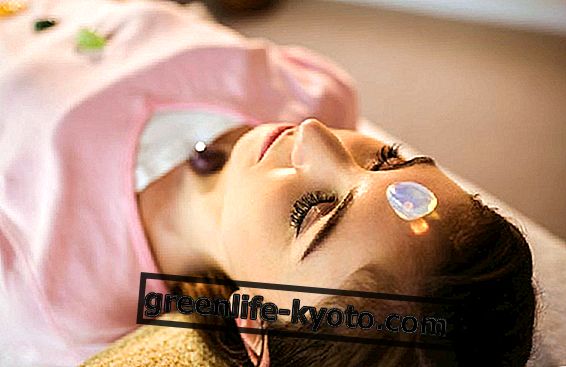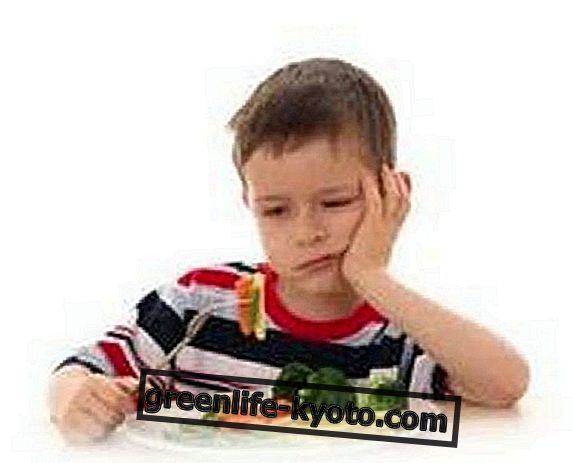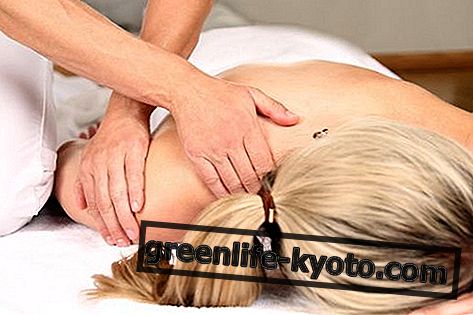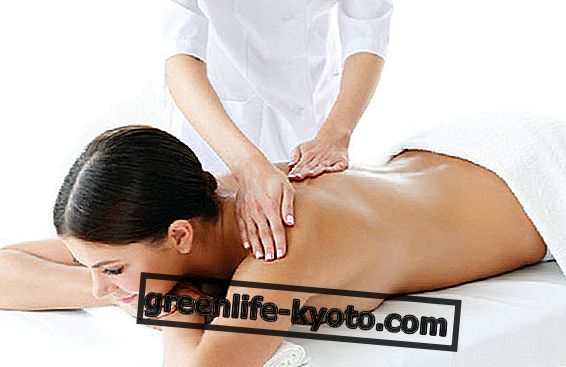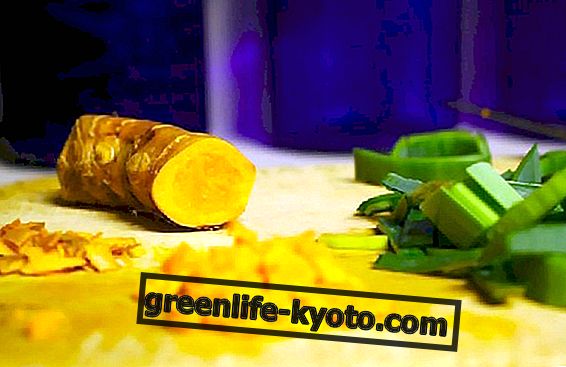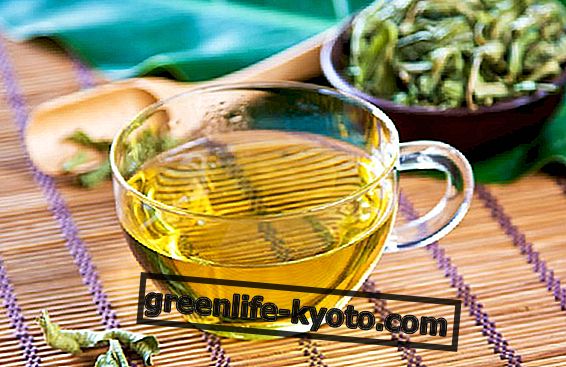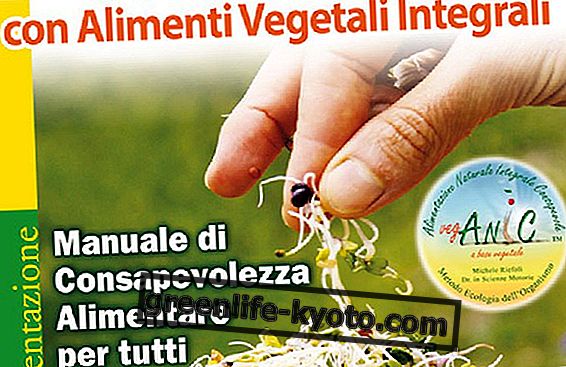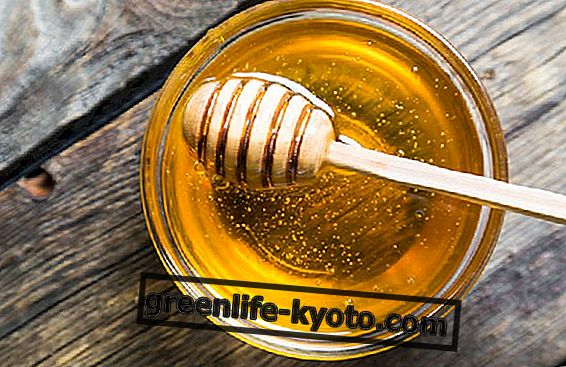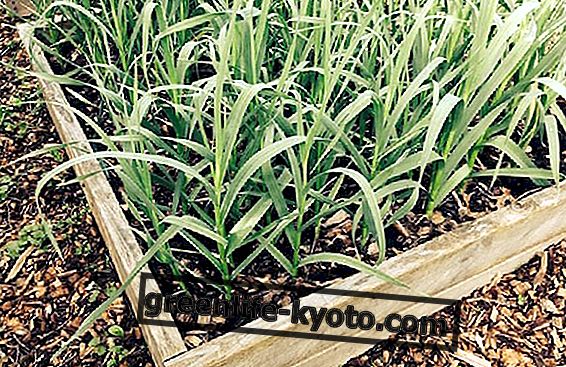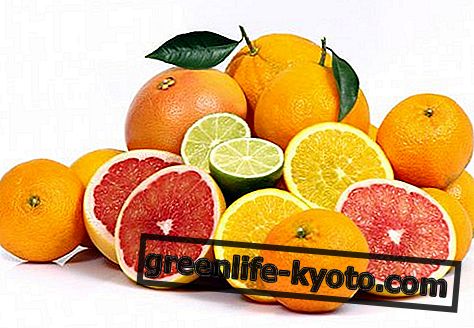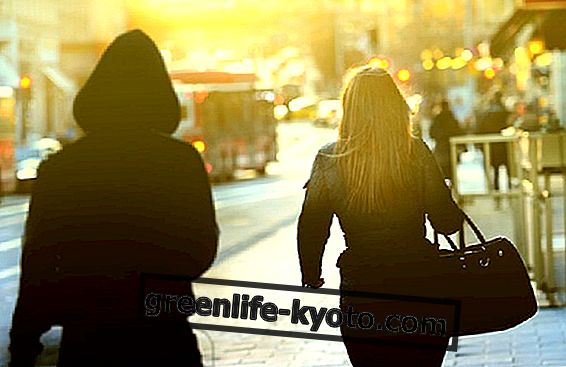
The author of the book " Osteopathy, yoga and sport " was generously granted . Movement in life, life in movement ", Jacinta Milita.
His text embraces three disciplines, osteopathy, yoga and sport and illustrates how they can marry perfectly given the same root that unites them: movement, indeed, to be precise, conscious movement - whether it is macroscopic or inside - which allows us to enter, here and now, in harmony with the profound Intelligence that dwells within us.
A hymn to health, in short, that the author orchestra tuning the polyphony of the three voices he deals with the Movement, the source and expression of Life and the intrinsic vital force in the body of each of us.
You have worked with various professional volleyball teams: how did this experience enrich you on a professional level? And, vice versa, what do you think are the potential of a figure like yours in competitive sport?
I am an osteopath and as a first university education, a physiotherapist, who was already working globally before meeting osteopathy. Knowing osteopathy and feeling like an osteopath "in every cell of mine" has meant that one of the cardinal principles of this discipline, that is the body's potential for self-regulation and self-healing, could be stimulated and made available in every area of my life. work.
Since 1988 I have collaborated with the volleyball team, today Andreoli Top Volley Latina, but I shared a very beautiful and important course with another men's volleyball team, today Altotevere Città di Castello, and a women's team, Caffè Circi Sabaudia. In the sporting field, however, I do not only follow volleyball but many other athletes of various disciplines.
Today, after more than 25 years of profession, I could sum up with a motto what I love to stimulate and increase in the encounter with the patient, sporty and otherwise: " If I listen to my body and move with awareness, I remain healthy ".
If we transfer this concept to the sporting world we can highlight the abyss, the distance that exists: in the current opinion “moving is good”, let alone playing a sport, and no one can deny it but it is also important how to move, how to move so that it can be effective for health.
Any sporting discipline, even at the amateur level, but obviously even more at a competitive level, stimulates the body in an unbalanced, unbalanced way and therefore we could say that it is not sufficiently healthy.
Making the body aware involves an enormous potential for self-regulation for the athlete. Health is not the absence of pain or illness, but balance. Whenever I bring attention to the body, both at rest and in movements, as in the proposed asanas, I carry out a transformation by increasing homeostasis, the balance of the body understood not only as a physical balance but also mental and emotional.
Transferring all this to work with sportsmen has not been very easy, but for me it was not even a challenge, I could only propose this approach, I am and remain an osteopath.
We must work on prevention and not on injury, especially in the competitive sphere. In fact, my work with these teams always starts on the first day of the meeting, first an osteopathic visit and check-up and then we start with the preparation. As I said before it was not easy to understand what potential my intervention could have so articulated, but given the results, the evidence also accepts what feels distant from one's mental and cultural approach.
As far as I'm concerned, work in the sports field, and in particular at a competitive level, gave me and gives me the opportunity every day to ask and push me to improve, what I can do as a therapist to increase health in other people it would be better to say, to increase their sense of responsibility for their health.
Despite the positive exception she represents, in the world of competition, in general, she is not considered a figure like her "holistic" matrix. Why do you think?
I have already answered in part. The cultural training in sports is aimed at reaching a goal. Today, fortunately, something is changing and other aspects are taken into consideration, such as nutrition, the mental aspect, less is done instead in evaluating the athlete as it is when he approaches and continues a specific discipline. Being attentive to the starting posture means "reading" the body with its own tensions, flawed postural patterns and / or expressly linked to the practiced discipline, mental and emotional states that, as we all know, are reflected in our posture. I believe that much more could be done to help the athlete acquire and maintain a postural balance, which for an agonist athlete automatically influences the performance and therefore the final result.

I really appreciated that in his book, when he describes the yoga positions, he also pays attention to the mental attitude to maintain (something that even very noble manuals do not do). In your opinion, how can this purely psychic aspect of yoga, if refined ("trained", we could say), help in the moment of performance?
The y oga means union, body, mind and spirit and at the same time micro and macrocosm . Practicing an asana, or a breathing exercise, pranayama, or reciting a mantra, that is, emitting a vowel sound, involves being in the here and now. Paying attention to the present moment begins the process of attention, the focus that is the basis, the fulcrum for the expression of a quality performance. Being in balance, in tune with one's self is the source, the origin of a power, of an energy that, it is not an exaggeration, everything can. Not for nothing every athlete has his own way, his own technique to concentrate and I am a witness to it every time before the match in the locker room with the boys.
She mainly deals with osteopathy, a therapy that is aimed at everyone and not just athletes. But perhaps a part of the readers does not know its potential: can it illustrate them? In what situations can it be appropriate to turn to an osteopath?
Osteopathy is a holistic discipline founded by Dr. AT Still. For osteopathy, as well as for yoga and sport, as I explained in the book, movement is life and Life is expressed in movement .
Still said that the artery rule is supreme, which means that every fluid and not just the blood, but also the lymph, the intra and extracellular fluid, the cerebrospinal fluid ( CSF ) must be able to flow without restrictions. Let me spend two lines on the cerebrospinal fluid that Still called the noblest element ever known .
It is a liquid that envelops the brain and spinal cord and through the craniosacral mechanism carries the Breath of Life in its rhythmic movement, similar to what Prana is for yoga.
Still Still in his numerous writings he said that where there is stasis, there is a loss of vitality and the non-irrigated field dies. The task of the osteopath is to help the body to resume its normal work so that dysfunction, not normal functioning, gives way to normality, to Health.
It is based on some main points that are:
Movement is life
The person is seen as a unit
The craniosacral mechanism
The structure governs the function
Innate self-regulation mechanism
It is therefore an art of holistic healing, which sees the individual as a whole and turns to life in motion: this makes it possible to be of help from the beginning of life, in pregnancy, until life itself it is present, both in newborns and in elderly people.
The osteopath listens to the physiology of the body that has an innate intelligence, with a capital "I" said a great osteopath, Sutherland and helps tissues and all fluids to find that neutral point necessary for the physiology to "find "The way home.
The intervention of the osteopath should be an intervention aimed at prevention rather than acting when a symptom presents itself and this is what I push to do when I invite you to practice an aware movement that in itself can be a valid tool of help for our well-being. However, it is possible to intervene in all the so-called dysfunctional and non-pathological discomforts but also in the condition of overt disease it can be a valid help and support to increase that self-regulation process that brings health.
Osteopathy is often linked to musculoskeletal problems and indeed this is an area where the work of "convergence" of the osteopath can do much. Still said that the structure governs the function and whenever there is a structural problem there will also be a repercussion on the function of the various organs and on vital functions.
The role of the osteopath, as I live and feel my work, is to be supportive, advice and suggestion for all people, including athletes, to become creators of their own health by allowing the physiology of the body without a name, like the he called another great osteopath, R. Becker, to do what he does very well and that is to regulate himself.
Rollin Becker taught his students: You osteopaths think you are great masters of the body, you are humble pupils of the great master who is the body.
